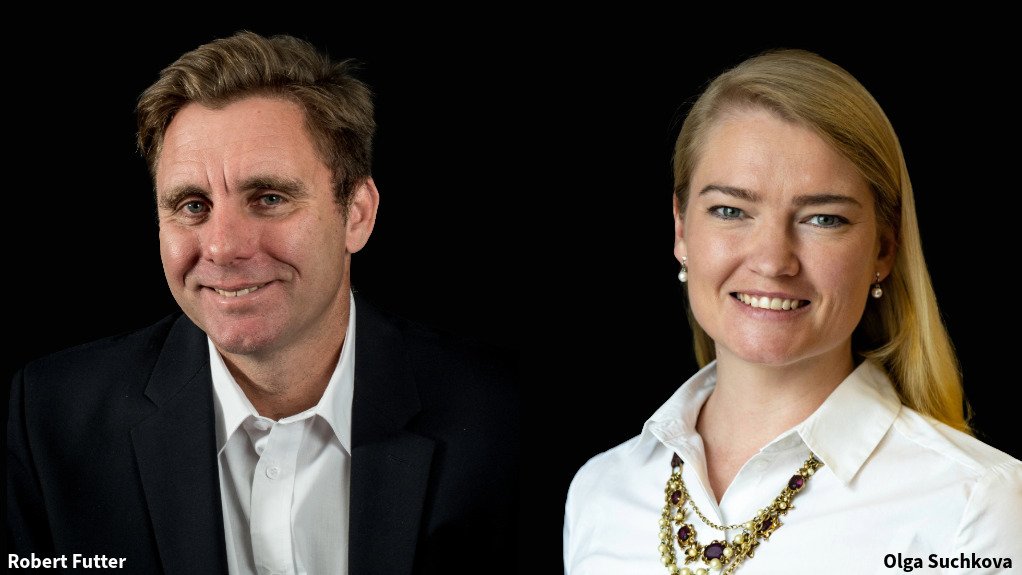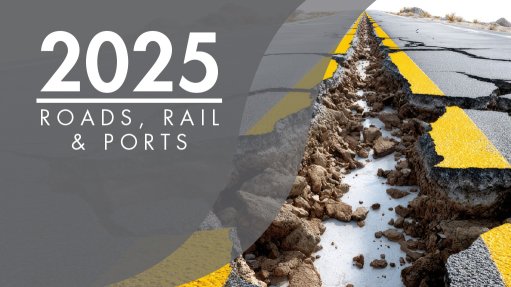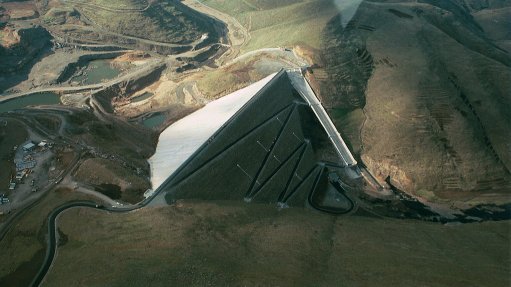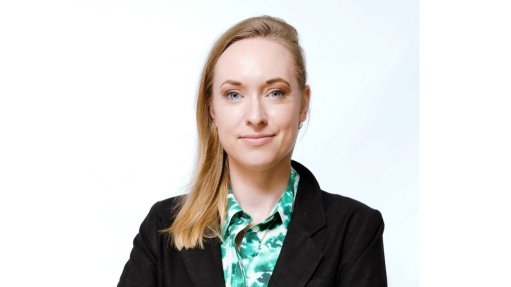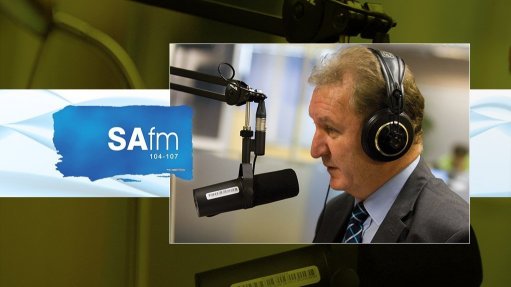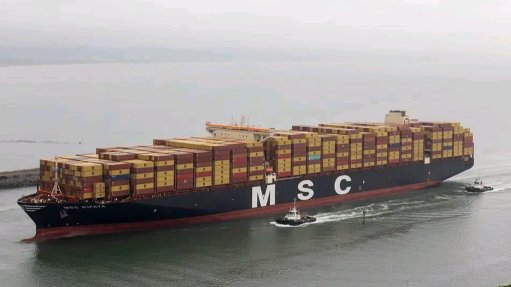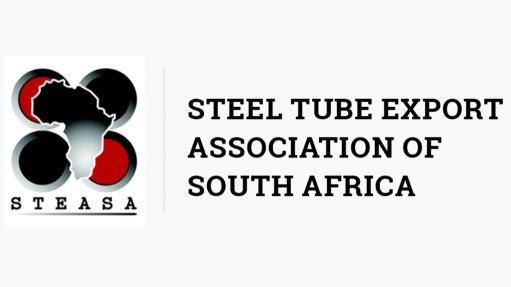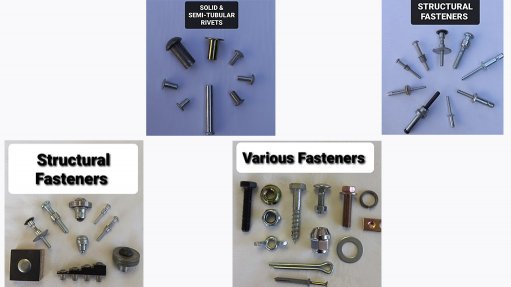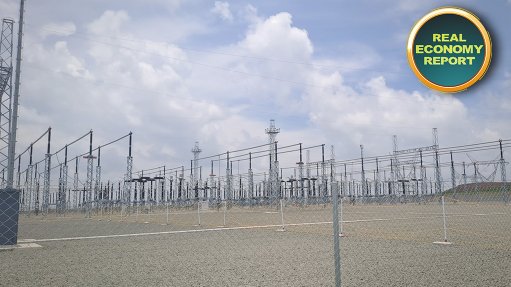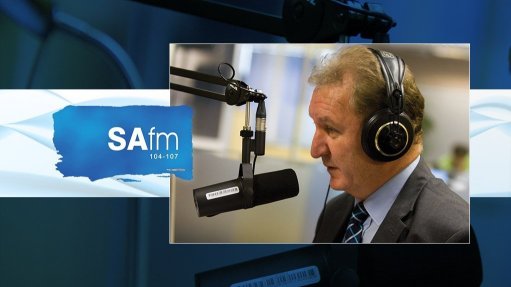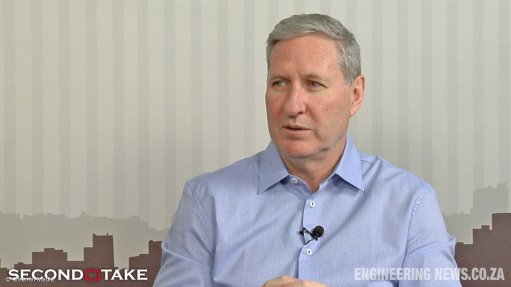Failure to strike right tariff restructuring balance will undermine SAWEM
With preparations under way for the launch of the South African Wholesale Electricity Market (SAWEM) in 2026, new research highlights how decisions on the future regulated tariff structure, including the Megaflex bulk user tariff, could affect the market’s objectives of advancing competition and catalysing further investment.
Conducted by financial advisory services firm Cresco, the analysis has been prepared in response to both approved changes to Eskom’s retail tariff plan by the National Energy Regulator of South Africa (Nersa) in early 2025, as well as possible future changes that could result in shifts in the composition of the tariff in relation to the variable and fixed cost components and time-of-use adjustments based on demand and energy supply changes.
The approved changes are already having negative savings implications for consumers under the prevailing regulated-tariff regime, but will also hold significant implications for investors, producers and consumers when the SAWEM is launched.
In an interview with Engineering News, Cresco executive director Robert Futter and associate director Olga Suchkova explained that, while a rebalancing of the tariff structure is required to more accurately reflect the cost structure for Eskom Distribution and the National Transmission Company South Africa (NTCSA), moving beyond certain reasonable thresholds could entrench Eskom’s dominance and undermine future investment.
The fixed-cost component has already increased from between 8% and 12% to closer to between 16% and 22%, depending on load or offtaker consumption profiles. However, there are indications that Eskom would like the fixed component to rise markedly, with figures of between 50% and 80% having even been mentioned. These indications have not clarified whether such a ratio would be limited to the NTCSA, which is largely a fixed-cost business, or whether they also include Eskom Generation, where the costs are mostly variable.
These regulated tariff changes would also affect the SAWEM, where the hourly day-ahead wholesale price will be set at the system marginal price (SMP), which is equal to the marginal costs of the last unit in the merit order required to satisfy the demand.
Suchkova explains that, in the initial phase of South Africa’s market liberalisation, the SMP will initially be set during off-peak periods by the coal plants and during periods of peak demand by the expensive diesel-fuelled open-cycle gas turbines (OCGTs).
All generators receive the same clearing price, regardless of their individual bid prices, as SAWEM will operate under a uniform pricing system. Therefore, generators with lower marginal costs will earn “inframarginal rents”, reflecting the difference between the clearing price and their marginal costs.
Cresco’s theoretical forecasting and scenario analysis shows that, under a high fixed cost ratio, the SMP price will be low, which could appear attractive to consumers. However, it will also disincentivise investment by independent power producers (IPPs), as the inframarginal rents would be too low to justify the investment.
Should the SAWEM fail to catalyse investment, Eskom’s market dominance, which will be above 80% at the market’s launch and mostly be hedged, will be entrenched, while the incentive to lower costs and increase productivity will decrease, as a large percentage of revenue is guaranteed.
In addition, security of supply could also be threatened, as significant investment is required in the coming years, especially to replace decommissioned coal capacity. Incentivising other types of dispatchable generation is also key to enabling the system operator to have different tools to manage a decarbonising grid, Futter adds.
He warns that there could also be unintended consequences for customers, with low load factor customers, such as households or small firms, having to pay a significant portion of the bill as a fixed charge, which could drive some off-grid. It could also result in weakening demand-side signals, which may lead to wastage.
Futter notes that the changes made to the retail tariff plan and time-of-use tariffs in Eskom’s 2025/26 financial year have already affected the savings that some companies are achieving under their bilateral power purchase agreements for wheeled electricity from IPPs.
Should further shifts be introduced that increase the fixed component in the tariff, there is a risk of “negative savings” in future which is a risk for both the buyers and sellers of energy.
To ensure a level playing field under the SAWEM, Suchkova says a capacity market, whereby generators are paid for being available rather than for the electricity they deliver, will be essential for encouraging new investment.
Financial energy markets will also be essential to provide risk management tools and to facilitate investment by enabling price stability for projects. In Europe, an under-developed financial energy market has resulted in periods of extreme price volatility, Futter says.
“All these elements are interconnected and the decisions made on each component will have a heavy bearing on the effectiveness of SAWEM,” Suchkova adds.
To avoid the pitfalls that could emerge when SAWEM is launched, she believes both Nersa regulatory reforms and non-Eskom related areas, including carbon market and over-the-counter energy markets, should be managed as an integrated project rather than being advanced as individual components.
“At the moment there are too many mixed signals, with some favouring the market and others, such as a proposal to expand and accelerate the Renewable Energy Independent Power Producer Procurement Programme and the litigation against traders, directly contradicting that goal.”
Article Enquiry
Email Article
Save Article
Feedback
To advertise email advertising@creamermedia.co.za or click here
Comments
Press Office
Announcements
What's On
Subscribe to improve your user experience...
Option 1 (equivalent of R125 a month):
Receive a weekly copy of Creamer Media's Engineering News & Mining Weekly magazine
(print copy for those in South Africa and e-magazine for those outside of South Africa)
Receive daily email newsletters
Access to full search results
Access archive of magazine back copies
Access to Projects in Progress
Access to ONE Research Report of your choice in PDF format
Option 2 (equivalent of R375 a month):
All benefits from Option 1
PLUS
Access to Creamer Media's Research Channel Africa for ALL Research Reports, in PDF format, on various industrial and mining sectors
including Electricity; Water; Energy Transition; Hydrogen; Roads, Rail and Ports; Coal; Gold; Platinum; Battery Metals; etc.
Already a subscriber?
Forgotten your password?
Receive weekly copy of Creamer Media's Engineering News & Mining Weekly magazine (print copy for those in South Africa and e-magazine for those outside of South Africa)
➕
Recieve daily email newsletters
➕
Access to full search results
➕
Access archive of magazine back copies
➕
Access to Projects in Progress
➕
Access to ONE Research Report of your choice in PDF format
RESEARCH CHANNEL AFRICA
R4500 (equivalent of R375 a month)
SUBSCRIBEAll benefits from Option 1
➕
Access to Creamer Media's Research Channel Africa for ALL Research Reports on various industrial and mining sectors, in PDF format, including on:
Electricity
➕
Water
➕
Energy Transition
➕
Hydrogen
➕
Roads, Rail and Ports
➕
Coal
➕
Gold
➕
Platinum
➕
Battery Metals
➕
etc.
Receive all benefits from Option 1 or Option 2 delivered to numerous people at your company
➕
Multiple User names and Passwords for simultaneous log-ins
➕
Intranet integration access to all in your organisation



